Movies nowadays are highly influenced by historical pieces of writings like El Ingenioso Hidalgo Don Quixote de la Mancha (The Ingenious Nobleman Sir Quixote of La Mancha), written by Miguel de Cervantes and published in 1615. This novel influenced the Walt Disney’s Toy Story, most notably seen through the similarities between the characters, Don Quixote and Sancho Panza, in relation to Buzz Lightyear and Woody. In addition, the plots are somewhat similar in that the beginning of Toy Story consists of Buzz Lightyear waking up without any memories of his past life believing that he is a space ranger just like Don Quixote when he wakes up thinking he is an errant knight. In addition, there is a similarity between the characters Sancho Panza and Woody in that they are both considered the best friends of the characters who have lost their judgment. Scholar Bruce R. Burningham, in “Walt Disney’s Toy Story as Postmodern Don Quixote,” claims Toy Story was highly influenced by Don Quixote in many aspects clearly seen through the characters—Don Quixote, Sancho Panza, Buzz Lightyear, Woody—and the plots which consist of an actual death and a metaphorical death.
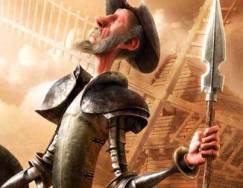
The main character of the novel, El Ingenioso Hidalgo Don Quixote de la Mancha, Don Quixote wakes up one day and firmly believes he is an errant knight due to the amount of books he has read about knights. He read many books that made him lose his judgment; he forgot his actual name—Alonso Quijano—and decided he would be named Don Quixote. He took the necessary steps to become an errant knight like changing his name, getting a horse, and choosing a damsel (doncella). Toy Story took a similar twist with the character Buzz Lightyear when he suddenly woke up and claimed he was a space ranger without any knowledge of his past. Burningham further explains Don Quixote uses the Amadis of Gaul as “a written document on which to found his identity in the absence of any genuine history” (Burningham 159) while Buzz Lightyear uses the text on the side of the carton, shaped like a spaceship, to declare himself a space ranger. They both act in ways that correspond to their self-given identity while those around them “remain skeptical of their far-fetched claims” (Burningham 160).
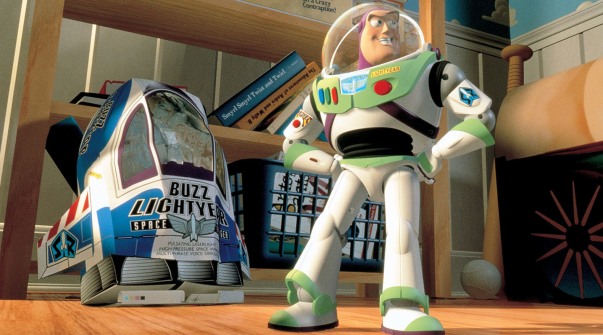
They both are accompanied by their best friends; Sancho Panza is always alongside Don Quixote while Woody is always by Buzz Lightyear’s side. Together they go on journeys while the best friends—Sancho Panza and Woody—go through hardships by having to be patient with their friends who do not want to snap into the true reality of their lives. The true reality for Don Quixote is that his name is Alonso Quijano, he’s an elderly man, and lives with his two servants in Spain. The true reality for Buzz Lightyear is he is just a toy just like his companions who “have a firm grasp on the economic realities of their own late-capitalistic existence” (Burningham 159). His friends are aware that they are toys that come from factories and are later bought by people. The connections between the four characters establish the inter-textuality of Don Quixote to Toy Story which helps drive the plot of Toy Story because Buzz Lightyear happens to be the central part of the problem for a main character, Woody.
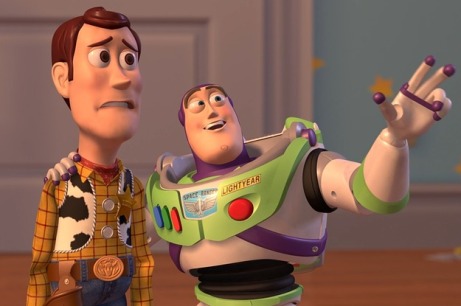
Once we analyze the conclusion of both story-lines, there happen to be deaths between the two characters—Don Quixote and Buzz Lightyear—who have lost their judgments. Inter-textuality is established through the deaths, however, Don Quixote’s death is real while Buzz Lightyear “must suffer this metaphorical demise without ever acquiring the benefits of a very literal death” (Burningham 168). Sancho Panza is never able to convince Don Quixote of the reality, while Woody convinces Buzz Lightyear he is a toy that sparks friendship and fun to a little boy. Don Quixote ends up dying due to a fever once he has been defeated in a “battle” against another errant knight and arrives back home. Buzz Lightyear died a metaphorical death by having come to the realization that he was just a toy and not an actual space ranger.
The existing inter-textuality between Don Quixote and Toy Story affects the interpretation of Don Quixote by being the adult version of a children’s movie. Burning claims that Disney wasn’t able to have Buzz Lightyear go through an actual death because Toy Story was a movie made for children. On the contrary, Miguel de Cervantes wrote Don Quixote while he was incarcerated and did not have an actual audience in mind. The intertextuality affects Toy Story by being the easygoing version of a historical novel. In addition, Toy Story has a plot that leads into a sequel as opposed to Don Quixote which comes together in the end with the death of Don Quixote. Without the novel, Don Quixote, we would side with Buzz Lightyear and think he most certainly is a space ranger despite what the toys around him say. In general, inter-textuality allows the audience to see the different perspectives that can be created from the original source. Inter-textuality allows us to not view stories in isolation by giving us the opportunity to show how older pieces of work can highly influence modern pieces of work accessible to children. It took me a while to find pieces of work that were clear in how one influenced the other, but once I came across Don Quixote and Toy Story, I instantly understood how Don Quixote influenced Toy Story. This inter-textuality is interesting since Don Quixote was published during the 17th century and Toy Story was first screened in the 20th century as a children’s movie.
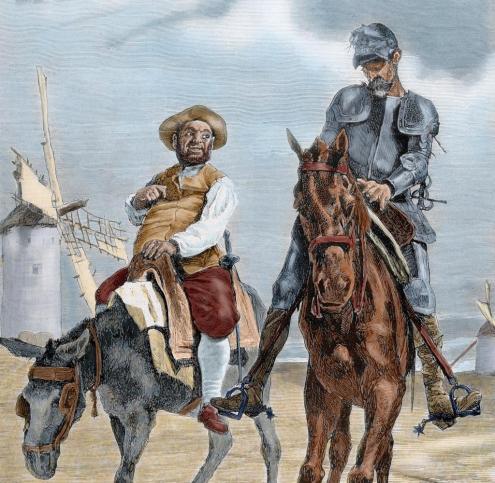
Sources:
Burningham R., Bruce. “Walt Disney’s Toy Story as Postmodern Don Quixote.” University
of Southern California, 2000.

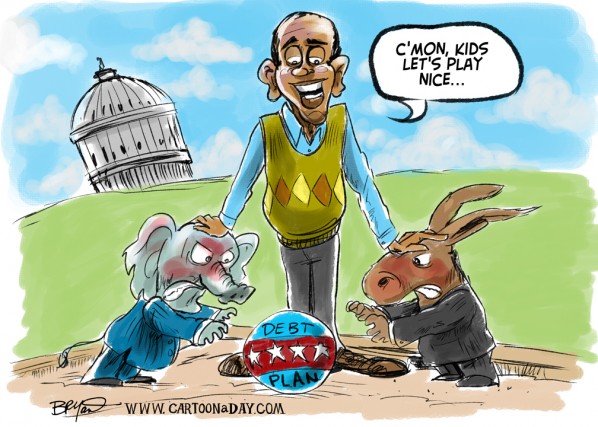
Leave a comment